Pulling Off (or Putting On?) the Blog Mask
 As I watch the tumbleweeds blow through my official author web site, I sometimes wonder what I can do to increase traffic. Authors are told that regular blog entries generate interest and that we should keep up a regular stream of witty and attention-getting material to get people curious about our writing.
As I watch the tumbleweeds blow through my official author web site, I sometimes wonder what I can do to increase traffic. Authors are told that regular blog entries generate interest and that we should keep up a regular stream of witty and attention-getting material to get people curious about our writing.
A lot of us can make all sorts of excuses about how we just can’t do that. Let’s face it: writers aren’t that social to begin with, or are busy enough with writing or the rest of our lives that it’s hard to find time to draft blog entries. And some of us aren’t that witty. On the other hand… longest journey, first step, to sell you must reach your market, tough get going, and so on.Which is why I’ve finally just made myself get to it with regularity. I’ve recently gotten comfortable with drafting material that matters to me in a timely manner. I can’t tell how much it matters to anyone else, but my thought is that if I build it, they will come.
Yet as the tumbleweeds roll stately forward, I naturally wonder if there’s something more I can do to draw in readers, which is why a recent post from editor, writer, and friend James Sutter’s recent post over at Ink Punks got me thinking.
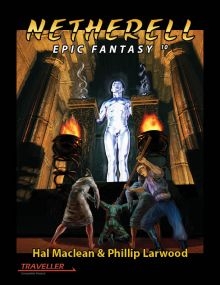
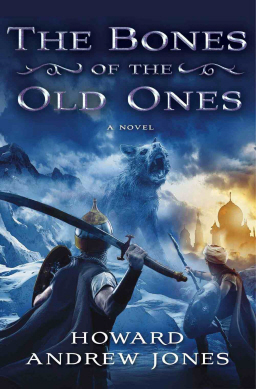
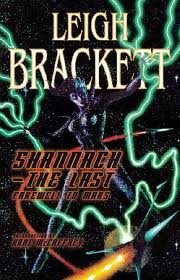

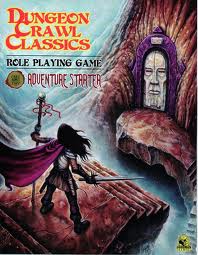 Dungeon Crawl Classics Role Playing Game
Dungeon Crawl Classics Role Playing Game Revisiting the stories of Ray Bradbury has been a lot like sitting down to revisit Twilight Zone episodes. I don’t just mean the twist ending, though there is that. I mean the other things – the misanthropic critic/hero/rebel who talks for a long while, perhaps too long, about the troubles of society, of humanity. The mirror held up to show us ourselves as we once were when all men wore hats and all women wore dresses. The sad realization that while there are cool and brilliant bits, our sense of pacing has changed, and that having experienced enough of these stories, we get the sense of how an unfamiliar one will end.
Revisiting the stories of Ray Bradbury has been a lot like sitting down to revisit Twilight Zone episodes. I don’t just mean the twist ending, though there is that. I mean the other things – the misanthropic critic/hero/rebel who talks for a long while, perhaps too long, about the troubles of society, of humanity. The mirror held up to show us ourselves as we once were when all men wore hats and all women wore dresses. The sad realization that while there are cool and brilliant bits, our sense of pacing has changed, and that having experienced enough of these stories, we get the sense of how an unfamiliar one will end.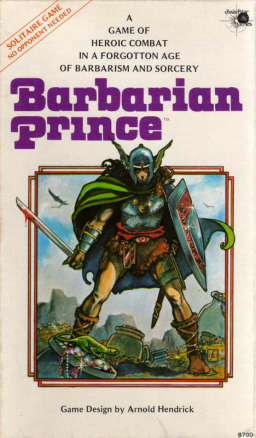
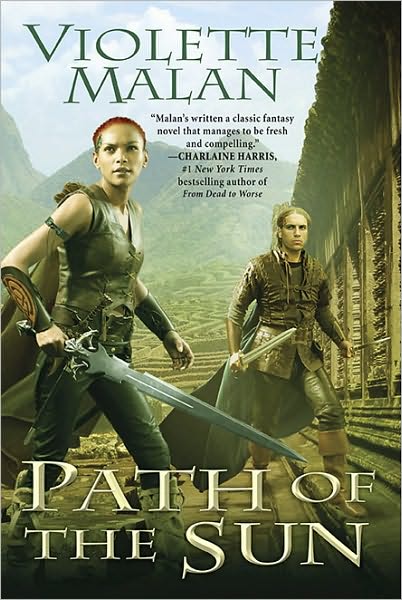
 In my never-ending quest to bring heroic fiction and sword-and-sorcery to a wider audience, I have been writing essays for National Public Radio. Last May they carried an article I drafted about
In my never-ending quest to bring heroic fiction and sword-and-sorcery to a wider audience, I have been writing essays for National Public Radio. Last May they carried an article I drafted about